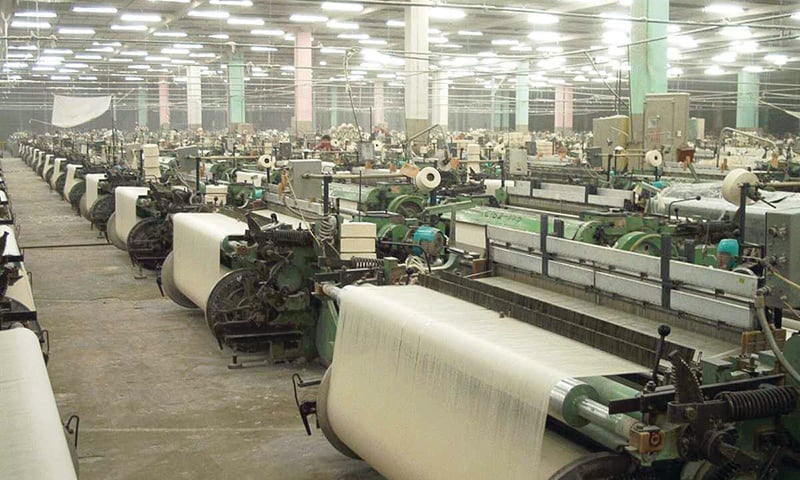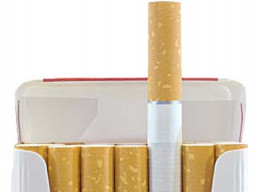
Year 2020 proved to be yet another period of misunderstanding the China-Pakistan Economic Corridor (CPEC).
Rumours ruled the market and facts could not find a place in discussions. The situation aggravated in the wake of a disinformation campaign to malign CPEC and China-Pakistan relations.
The year started with negative reporting in the international and local media, and the year closed with another wave of negativity. Debt trap, slow pace of CPEC projects and rolling back of Chinese investment were the major allegations levelled to run the smear campaign.
The debt trap is a slogan which has been chanted for a long time. The purpose is to counter Chinese investment flow to Pakistan. First, it was used in Sri Lanka through a deliberate campaign. The purpose was to create fear among countries where China was planning to inject capital.
No doubt, Sri Lanka is going through a debt crisis. However, the Chinese investment has nothing to do with the crisis.
Dushni Weerakoon of Sri Lanka’s Institute of Policy Studies and Sisira Jayasuriya, a professor of economics at Monash University, highlighted that China’s share in the national debt was only 10%. Furthermore, over 60% of this 10% loan is at the concessionary rate of 2%. It is only a myth that Sri Lanka has to cede Hambantota Port to China.
The same strategy has been adopted to malign CPEC without paying any heed to data or analysis on CPEC investment. Such disinformation starts with reports of debt crisis in Pakistan and its weak foreign currency reserves. It is used to stir fear among people.
Then such conspiracy theories jump directly to CPEC without highlighting the debt contribution from Paris Club ($10.924 billion), International Monetary Fund ($7.68 billion), bilateral donors ($24.352 billion), multilateral donors ($39.392 billion) and international bonds ($5.3 billion).
They manipulate data in such a way that puts all the blame on CPEC, though the contribution of CPEC-related investment is only 5.6%, which they intentionally ignore.
The same reports are highlighted and propagated through different media channels. Innocent minds of Pakistanis are trapped through these reports. Common people cannot understand the economic terminologies and the complicated debt data.
Even the ruling elite, decision-makers and businessmen cannot comprehend difficult statistics. Hence, they easily become victim of the smear campaign.
Second, the rolling back of Chinese investment is another false slogan which has been adopted in recent times. The disinformation campaign has accelerated following the Covid-19 outbreak.
The pandemic and its impact on the global economy and investment have provided a greater opportunity to manipulate data. Thus, it is necessary to understand the global dynamics before discussing CPEC.
The World Bank has projected that the global economy will shrink 5.2% in 2020. UNCTAD has forecast that the global foreign direct investment (FDI) will take a 40% hit, which will push the FDI down to less than $1 trillion from $1.5 trillion. Moreover, it can further contract by 5-10% in 2021.
Special focus
Despite all these odds and challenges, China is not sitting back. While first half of 2020 saw some turbulence, later China recovered and accelerated its investment.
Pakistan being the host to CPEC, the flagship project of Beijing’s Belt and Road Initiative (BRI), got special focus. China started enhancing investment in CPEC and non-CPEC projects.
Among these, China and Pakistan launched two big hydroelectric power projects costing $1.93 billion. It is a clean investment which will help Pakistan in many ways like cheap electricity, enhanced water storage capacity and availability of water for agriculture during lean periods.
Discussions on the ML-1 railway project are at advanced stages. China has also provided support through a currency swap arrangement.
Third, the pace of progress on projects is another subject of interest for the opponents of CPEC. A major reason behind this argument is the lack of evidence to prove fake news about debt trap and rolling back of CPEC investment.
However, the evidence suggests otherwise. CPEC is going on at a good pace, rather the project has expanded over the past two years. The setting up of CPEC Authority gave a fresh impetus to the project with expansion in the areas of cooperation.
In 2020, when the entire world was under the grip of the deadly pandemic and economic activities came to a standstill, Pakistan and China joined hands to maintain the pace of work and expand cooperation.
The M-4 motorway project was completed during that period. CPEC helped Pakistan to keep 40,000 of its workers engaged. Gwadar Port started functioning as a transit trade facility. The groundbreaking of Allama Iqbal Special Economic Zone (SEZ) was performed and preparation for the groundbreaking of Rashakai SEZ has been finalised.
Pakistan and China also expanded cooperation under CPEC. First, social development was added to the basket and China committed more than $1 billion. The programme will focus on skills development, healthcare, education and job creation.
In 2020, two memorandums of understanding (MoUs) were signed in the fields of agriculture and science and technology. Besides, China offered to donate a date processing plant for Balochistan. The plant will play an important role in creating livelihood opportunities for the local people and enhancing export earnings for Pakistan.
Hence, the campaign against CPEC is unjustified and does not have any sound footing. It is suggested that the government should take immediate steps to improve communication about CPEC benefits for poverty reduction, industrialisation and economic transformation.
The CPEC Authority is already working on it and it has improved the communication tremendously but there is a need to further accelerate the process.
Lastly, all players in the power structure should immediately stop making CPEC a subject of point scoring. It is hurting the project and interest of the country.
The writer is a political economist
Published in The Express Tribune, January 4th, 2021.
Like Business on Facebook, follow @TribuneBiz on Twitter to stay informed and join in the conversation.

1730959638-0/trump-(19)1730959638-0-405x300.webp)
















COMMENTS
Comments are moderated and generally will be posted if they are on-topic and not abusive.
For more information, please see our Comments FAQ